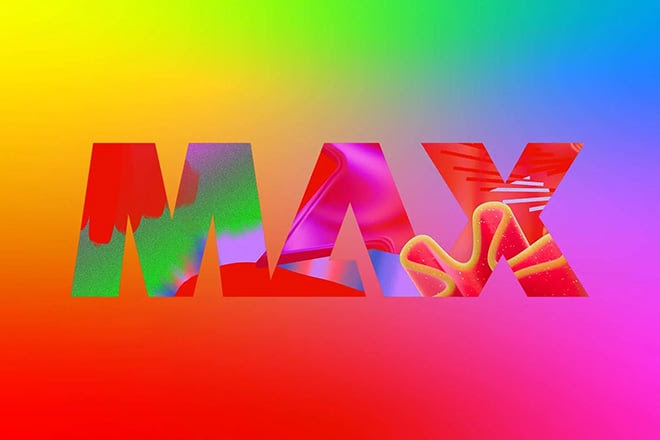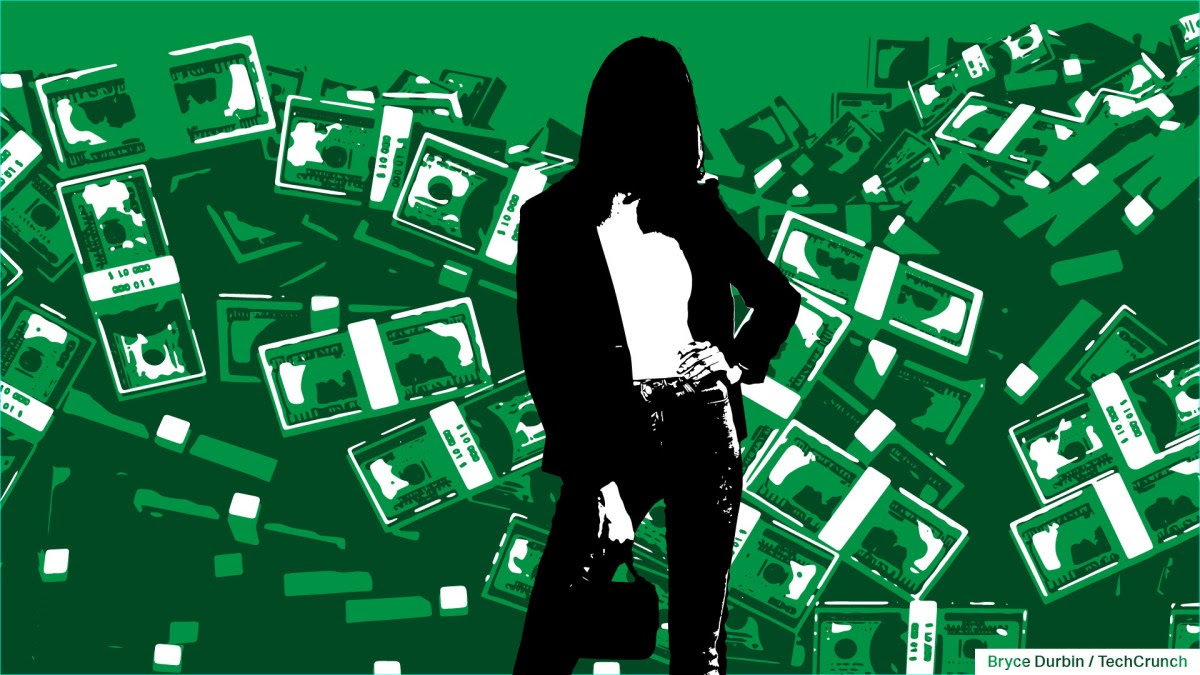Version 15.0

Written & Compiled by Macklin Andrick, GPJ Sr. Creative Technologist
GPJ Experience Technology is your trusted guide through the latest technological shifts and how they might benefit your next experience. Another week, another opportunity to explore some of the weird and wild things going on in the tech world!
Hold onto your VR helmets, tech lovers, because it’s a wild ride in the digital realm! Adobe MAX 2023 is painting a pixelated future. Google’s AI is playing traffic cop in a dozen cities, ensuring the road to the future is less congested. And on ESPN, they’re melding Toy Story and NFL into a game where Buzz might finally get that forward pass from Woody. Buckle up, it’s techie out there!

5 Key Takeaways From Adobe MAX 2023: What You Need to Know
Adobe has unveiled advanced AI integrations across its software at Adobe MAX 2023. The Firefly Image Model 2 enhances image generation with higher resolutions and more user control. Illustrator now features Text-To-Vector Generative AI, which includes a ‘Retype’ feature for identifying and editing fonts from images. Premiere Pro introduces AI-driven text-based video editing, optimizing speech audio and automatically removing filler words. Adobe Express integrates Text-To-Template AI tools, enhancing image object manipulation and template creation, along with bolstering social media campaign management. Lastly, Lightroom adds an AI-Powered Lens Blur and an HDR Optimization feature, enhancing photo effects and quality with simple controls.
ESPN’s Toy Story Funday Football: The tech behind Falcons-Jaguars fully animated alt-cast
ESPN, Beyond Sports, and Pixar have collaborated to produce a unique animated alternative broadcast of an NFL game, integrating characters from “Toy Story” into the live-action, utilizing cutting-edge animation and tracking technologies. The “Toy Story Funday Football” alt-cast will be available on ESPN+ and other platforms, providing viewers with a Pixar-ified version of the game in which beloved Toy Story characters interact with the match in various playful and creative ways. This innovative approach, combining animation with live sports broadcasting, aims not only to entertain existing fans with familiar and cherished characters but also to attract and engage a new, younger audience by offering a fun and innovative viewing experience.


Facebook Is Paying Celebrities Millions to Turn Them Into Chatbots
Meta, Facebook’s parent company, is investing millions in creating AI chatbots modeled after celebrities, despite receiving mixed reactions from the public. Celebrities like Kendall Jenner and Tom Brady have reportedly received significant payouts for allowing their personalities to be utilized in this venture, with the chatbots intended to interact with users via text and in the future, through video. The chatbots, bearing different names from the celebrities they are based on, have sparked controversy and confusion, raising questions about the ethics and legalities of using a person’s likeness to train AI. While Meta CEO Mark Zuckerberg claims there’s a “huge need” for such interaction with virtual celebrities, skepticism looms regarding the longevity and feasibility of the project, especially considering the recent issues and strikes concerning the use of performers’ likenesses in digital creations and the potential for exploitation of these AI personas.
Creators raising venture capital: Unsettling or genius?
Venture firms, including Slow Ventures and Mythical, are exploring investments directly into individual creators, treating them in a manner similar to startups. Slow Ventures provides creators with capital and in return, receives a percentage of their earnings and intellectual property for a set duration, such as 30 years, as seen in their deal with YouTuber Marina Mogilko. Mythical, on the other hand, owned by YouTube personalities Rhett and Link, has initiated a $5 million fund for creators and retains a flexible investment approach, facilitated by its independent financing. Both firms target creators with entrepreneurial tendencies, albeit with different investment focuses: Mythical tends to support creators developing platforms resembling TV channels, while Slow generally leans towards those focusing on e-commerce and app creation. Such investments carry associated questions regarding long-term engagement and prospective challenges, considering that personal controversies can notably influence the business aspects related to individual creators.


TikTok is overhauling how it pays creators of viral filters and effects
TikTok’s Effect Creator Rewards program sets aside $6 million to pay creators of effects — aesthetic filters, mini-games and more — that regularly go viral on the platform and become trends in their own right. The fund, first announced in May, has a lower set of eligibility requirements and updated payment structure and will be open to more regions, TikTok announced last week in a blog post. First, the fund is opening up to creators in more than a dozen new regions including Australia, Brazil, Canada, Japan, and the Philippines. The requirements to join are also changing. Previously, creators needed to have 500K videos published that use their effects. Now, TikTok requires effects creators to have five published filters, with at least three of them being used in 1,000 videos. This could help budding effects creators with moderate success join without needing a hugely popular footprint.
Google’s AI stoplight program is now calming traffic in a dozen cities worldwide
Google’s Project Green Light, initiated two years ago, employs machine learning to analyze Maps data and autonomously optimize traffic light timings, aiming to minimize vehicle idle times and reduce street-level pollution from idling at stoplights. Initially tested at four intersections in Israel, where it achieved a 10-20% reduction in fuel usage and intersection delay, the project has expanded to twelve cities globally, including spots in Brazil, England and Indonesia. Preliminary results indicate a potential 30% reduction in stops and up to an 18% improvement in emission levels and air quality in some areas. The project, which integrates with existing traffic systems and showcases measurable impacts within weeks, will further expand to additional cities in 2024 as part of Google’s broader aim to help partners cut their carbon emissions by a gigaton by 2030.

More Cool Stuff We Found
- Smart Home Gadget – Presence Sensor FP2
- Movie Posters with DALL-E 3 AI
- Art Installation – A Live Canvas
- How Disney Packed Big Emotion Into a Little Robot
- The Creepy New Digital Afterlife Industry
- Extreme Parkour with Legged Robots
- FOX Upfront Immersive
- UniSim: Learning Interactive Real-World Simulators
Missed a previous Creative Tech Byte? Find all previous versions here